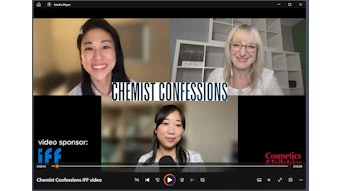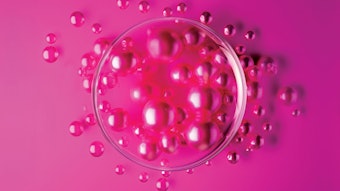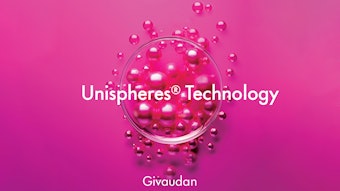This article reports the results of studies to evaluate skin compatibility and safety—therefore, to assess the cosmetic use—of a perfl uoropolyether phosphate as an acidic agent. Of particular interest here is its effects when combined in formulations with glycolic acid or other α-hydroxy acids (AHAs). These studies are a part of a wider project of investigating the use of perfl uoropolyether phosphate to achieve better performance and improved storage stability (see sidebar, page 80).
Introduction For more than 50 years, dermatologists have used AHAs and other carboxylic acids (β-hydroxy acids, keto-acids, non-hydroxy acids) for the treatment of diseases related to hyperkeratinization, a condition in which the stratum corneum (SC) is thickened and more compact than normal. It was known that hyperkeratinization, a consequence of decreased rates of skin exfoliation, is reduced by reducing the corneocyte cohesion at the lower level of the SC.
Since the mid-1980s, these materials have been used cosmetically in reducing the facial wrinkles (to achieve antiaging effects) by accelerating the natural skin exfoliation. These materials are also used in skin peels performed by professional operators. In the former case, compositions with a low content (2% to 8%) of partially neutralized acids are used as cosmetics (daily home application) for long-term treatments. In the latter, compositions are used with a high content of nonneutralized AHAs (i.e., glycolic acid at concentrations higher than 30%, and often at 70%) for professional short-time treatments. In either of these types of treatments, the effects are infl uenced by acidity: the lower the pH, the higher the activity.










